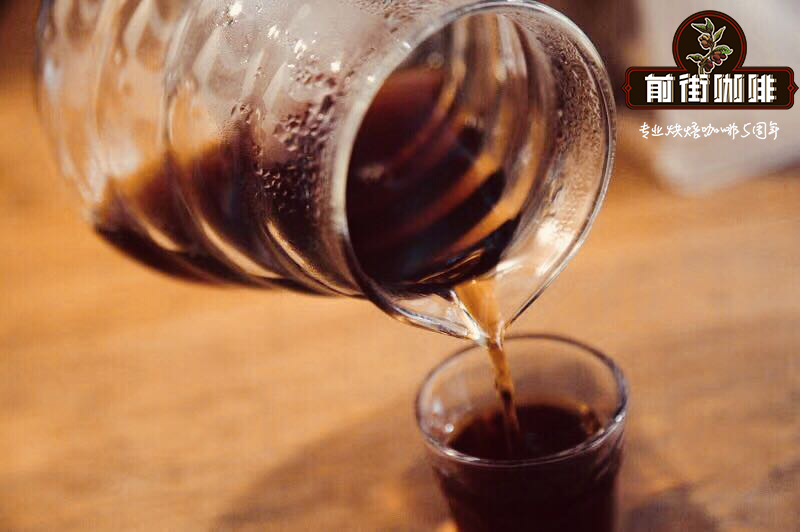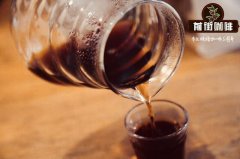Indonesian Sulawesi Coffee beans-Kalosi Duraga Royal Treasure, Sulawesi Island, Indonesia

Professional coffee knowledge exchange more coffee bean information please follow the coffee workshop (Wechat official account cafe_style)
Qianjie-A brief introduction to Karosi Duraga, Sulawesi, Indonesia
The Indonesian island of Sulawesi, formerly known as Celebes, is the 11th largest island in the world by area, combining the cultures of many races. The name celebes means rapids, which originally meant that in 1511, a sailor was stranded here due to a severe storm and was firmly named celebes. Today, because the area is rich in iron ore in its early days, it recombines the local language (Sula and Wesi) to change the place name! It is one of the famous coffee-rich islands in Indonesia, with unique natural conditions, and it has a long history of growing coffee.
Like Java and Sumatra, it also belongs to volcanic topography, and there are still ten active volcanoes in the area. The Dutch began to grow coffee on the island in 1750, and because of the volcanic weakly acidic soil in the fertile tropical highlands, high-quality Arabica could be grown in Toraja in southwestern Sulawesi.
"Toraja" is not a place name, a city name, nor a variety name, but Toraga, an ethnic group that lives in the mountains of central Suvira and is good at growing coffee. It is also the name of the island's boutique beans. "Kalossi", a small town in the middle of the island, is a centralized trading place for Toraja coffee beans, because the yield is not much, so it has been defined as fine beans since Dutch times. Toraja farmers have a good sense of quality and will pick ripe coffee cherries to harvest, so the harvest season will be longer. Sulawesi Island is rich in iron ore and high in iron content in the soil, which creates this unique flavor of Toraja coffee.
Karosi Duraga, Sulawesi, Indonesia
Production area: Indonesia Tana Toraja highland (southern part) / South Sulawesi
Planting altitude: about 1000 ~ 1600 m
Variety: Arabica
Type of soil: volcanic soil
Grading standard: G1
Treatment method: semi-washing treatment
Harvesting method: manual harvesting
Average annual temperature / rainfall: 20 ℃ / about 1000 ~ 2000 mm
Dry incense: soil, sweet nutty, mushroom, thick wood, spice nutty, bitter orange peel
Wet fragrance: Woody, nutty, thick grease, cereal, wine, brown sugar
Sip: drink with sweetness and consistency? It is a bit like tasting single malt whisky, close to the moist soil flavor of Sumatra Mantenin, with fresh grass aromas, creamy texture, smooth nutty and chocolate-like aromas, slightly floral aromas, and a long, rich throat. On the whole, it is mellow and sweet coffee.
36 aromas of coffee
Knowledge: in Indonesia, 90% of coffee belongs to Robusta, probably as a result of the devastating 19th-century coffee leaf rust. But in Toraja producing areas, 95% of coffee belongs to Arabica.
In short: Qianjie is a coffee research hall, happy to share the knowledge about coffee with you, we share unreservedly just to make more friends fall in love with coffee, and there will be three low-discount coffee activities every month. The reason is that Qianjie wants to make more friends drink the best coffee at the lowest price, which has been Qianjie's tenet for 6 years!
END
Important Notice :
前街咖啡 FrontStreet Coffee has moved to new addredd:
FrontStreet Coffee Address: 315,Donghua East Road,GuangZhou
Tel:020 38364473
- Prev

Brazil Bau Estate IPR-99, a coffee bean producing country in South America
Professional coffee knowledge exchange More coffee bean information Please pay attention to coffee workshop (Weixin Official Accounts cafe_style) Front Street-Brazil Bau Manor IPR-99 Special Variety Sunlight Introduction In 1727, Brazil was still under Portugal rule, and the governor of Guyane française invited Francis Di Melo-Paletta, a Brazilian official in Portugal territory, to help resolve the border dispute. According to legend,
- Next

Introduction to SL28 dried grapes in Central American Coffee producing area-Galaclajas Manor in Costa Rica
Professional coffee knowledge exchange more coffee bean information please follow the coffee workshop (Wechat official account cafe_style) front street-Costa Rica La La Haas estate SL28 dried grapes sun introduction Francisca and Oscar Chacn couple, is the third generation operator of Las Lajas, Las Lajas is located in the foothills of Sabanilla de Alajuela Pos Volcano in the Central Valley
Related
- Beginners will see the "Coffee pull flower" guide!
- What is the difference between ice blog purified milk and ordinary milk coffee?
- Why is the Philippines the largest producer of crops in Liberia?
- For coffee extraction, should the fine powder be retained?
- How does extracted espresso fill pressed powder? How much strength does it take to press the powder?
- How to make jasmine cold extract coffee? Is the jasmine + latte good?
- Will this little toy really make the coffee taste better? How does Lily Drip affect coffee extraction?
- Will the action of slapping the filter cup also affect coffee extraction?
- What's the difference between powder-to-water ratio and powder-to-liquid ratio?
- What is the Ethiopian local species? What does it have to do with Heirloom native species?

